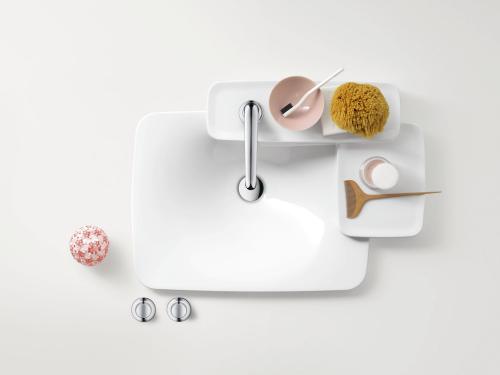
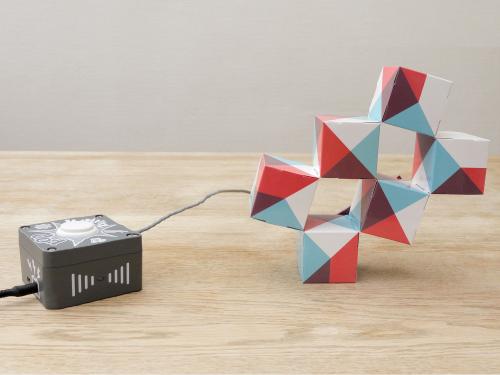
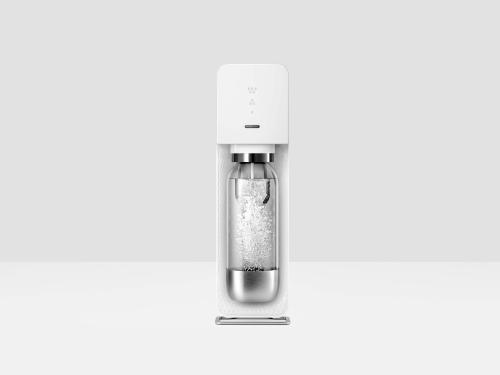
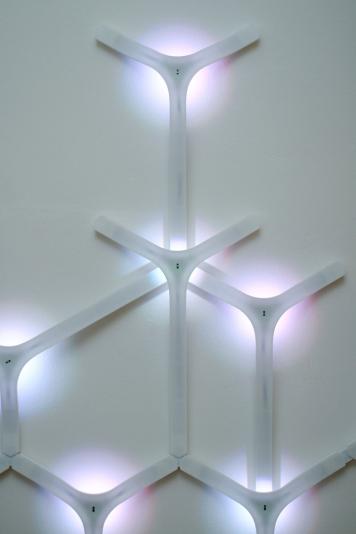
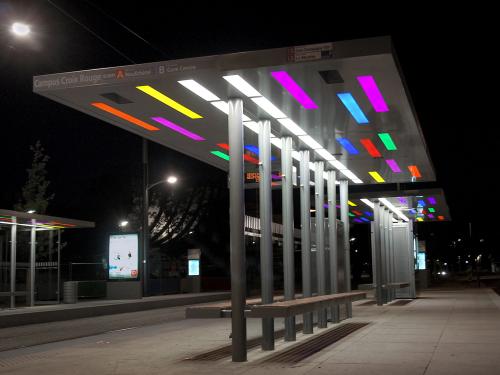
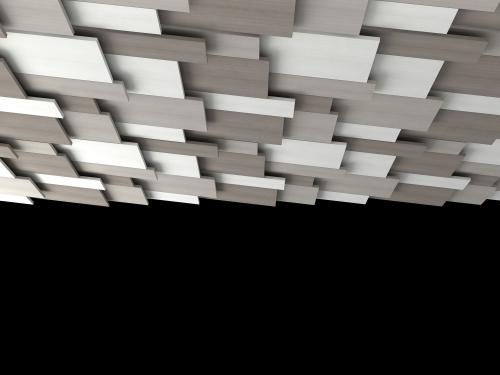
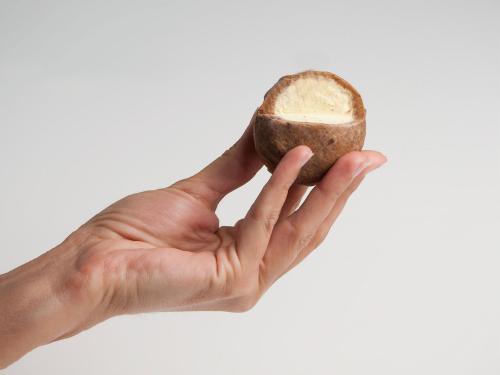
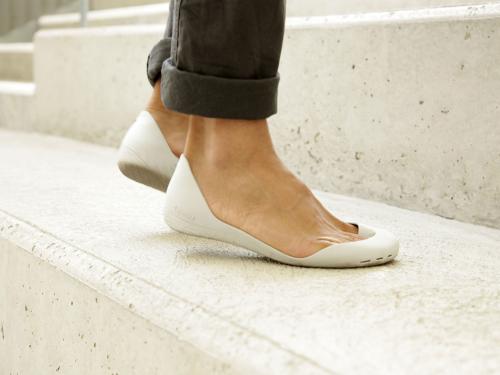
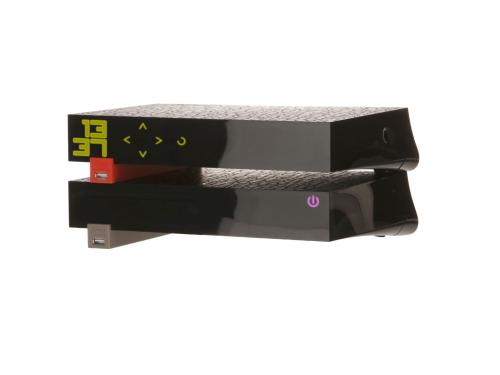
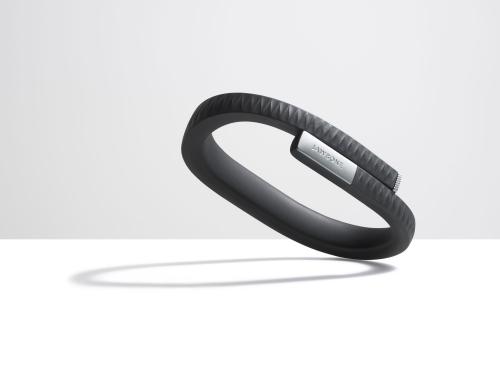
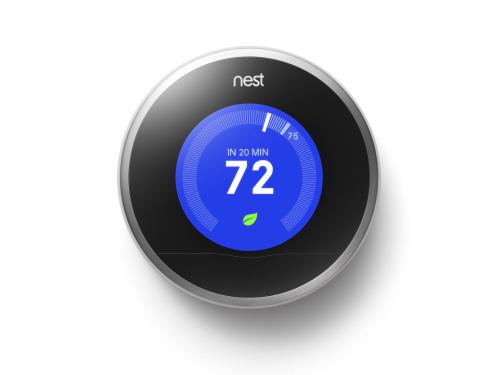
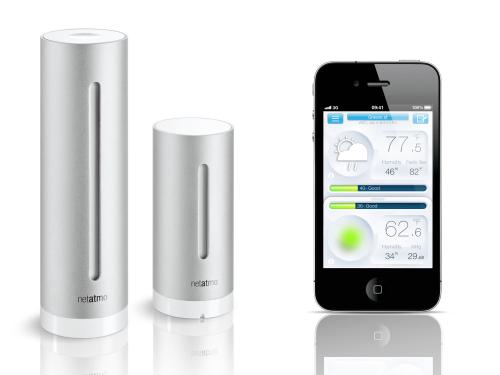
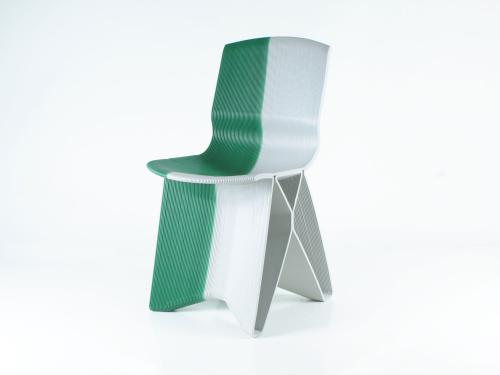
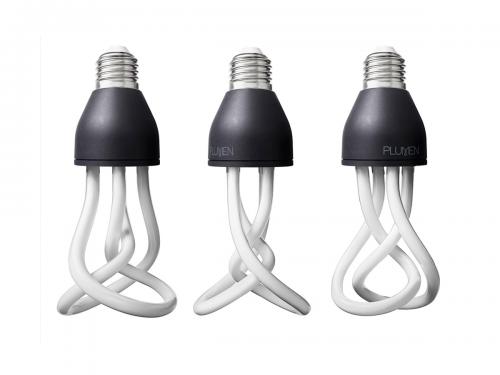
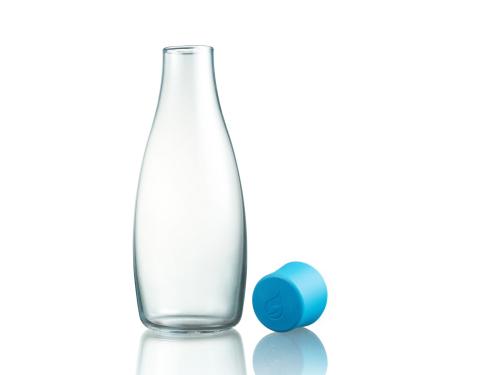
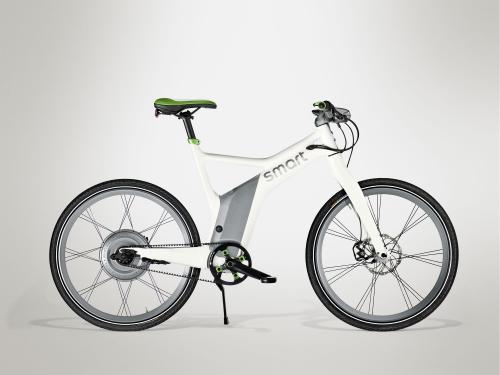
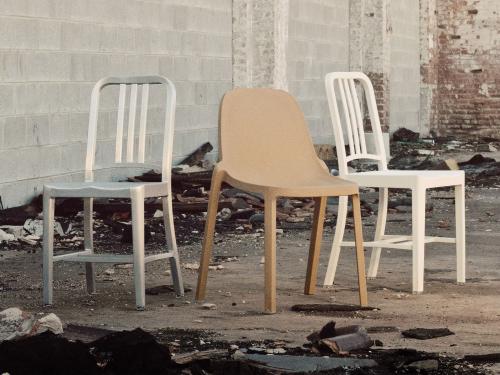
1/17Collection Axor Bouroullec, 2010, Ronan et Erwan Bouroullec / Hansgrohe, Module de vasque en trois niveaux moulé d’une seule pièce
2/17reaDIYmate , 2012, Marc Chareyron, Kinetic Sculpture Edition (reaDIYmate / IDSL), Kit de création d’objets connectés
3/17Source, 2012, Fuseproject / Sodastream, Gazéificateur d’eau
4/17Waelice, 2012, Jean-Louis Fréchin & Uros Petrevski - Nodesign, Appliques murales lumineuses en impression 3D
5/17Abris tram, 2011, Sovann Kim / Abris de stations du tramway de Reims.
6/17Tectonique 5.5, 2011, Modèle Frottement de la collection Glissement, 5.5 Designer / Oberflex, Dalle acoustique
7/17WikiCell, 2010, François Azambourg et David Edwards / WikiCell Designs, Concept d'emballage comestible
8/17Iguaneye, 2012, Olivier Taco, Chaussures en élastomère recyclable, semelle en liège et latex.
Crédit : Olivier Taco
Crédit : Olivier Taco
9/17Freebox Revolution V6, 2010, Philippe Starck / Free, Box d’accès à internet
10/17UP, 2012, Fuseproject / Jawbone, Bracelet de self-monitoring
11/17Nest Learning Thermostat, 2011, Nest / Design intégré, Thermostat connecté intelligent
12/17Netatmo, 2012, Alexandre Moronnoz / Netatmo, Dispositif connecté de monitoring de l’environnement externe et interne
13/17Endless Flow Dinning Chair, 2012, Dirk Vander Kooij, Chaise conçue par superposition de fils de plastique recyclé fondu
14/17Plumen, ampoule basse consommation, Hulger Plumen Vessel, 2011
Crédit : Plumen
Crédit : Plumen
15/17The Retap Bottle, 2009, 3Part design team / Retap ApS, Bouteille d’eau réutilisable
16/17Ebike, 2012, Smart / design intégré, Vélo électrique
17/17Broom Chair, chaise, Philippe Starck & Emeco, déchets bois et plastiques composites recyclés, 2012
Crédit : Emeco
Crédit : Emeco
ExhibitionTraits d’union
objets d’empathieCurator and Scenography:
eliumstudio
objets d’empathieCurator and Scenography:
eliumstudio
Cité du design - la Platine
Du 14 mars au 1er septembre 2013
Industrial design is often looked at from a perspective of use, of function, or of a form of production. Today, a whole section of industrial production places the user as an actor of innovation and its applications. Now virtually multi-disciplinary, design accompanies change, and is expressed in a multiplicity of interventions.
New issues of society, technological and digital progress, and environmental preoccupations, all create new scenarios, and a design in empathy with its time, must take these notions into account to produce a synthesis through the object. The Traits d'Union exhibition profits therefore from the theme of the 8th Biennial to propose an approach to the industrially produced object, and its relation with the final beneficiary, through the prism of empathy.
The object-medium, as a link in the dialogue between man and his world, man and his needs, also serves here as a guide to the four themes of the exhibition, designed in the form of multiple empathies:
- Technological empathy, design faced with "Omni-functionality";
- Conceptual empathy, the sphere of creativity;
- Sensorial empathy, the extension of the comfort of our senses;
- Environmental empathy, the advent of an altruistic conscience.
Traits d'union induces a new interpretation of innovation design, balanced between goods and services, technology and humanity, industry and society, and leaves open a field of multiple questioning, including the central question of who shapes the other ?